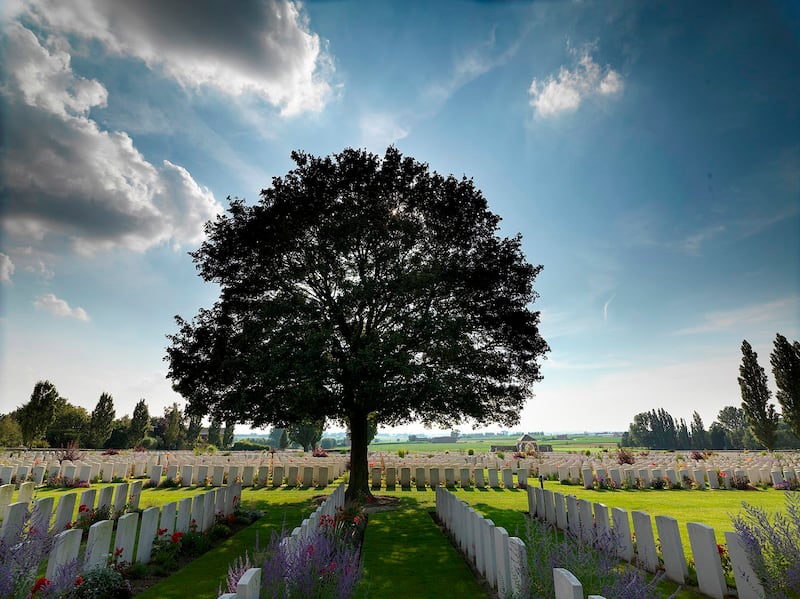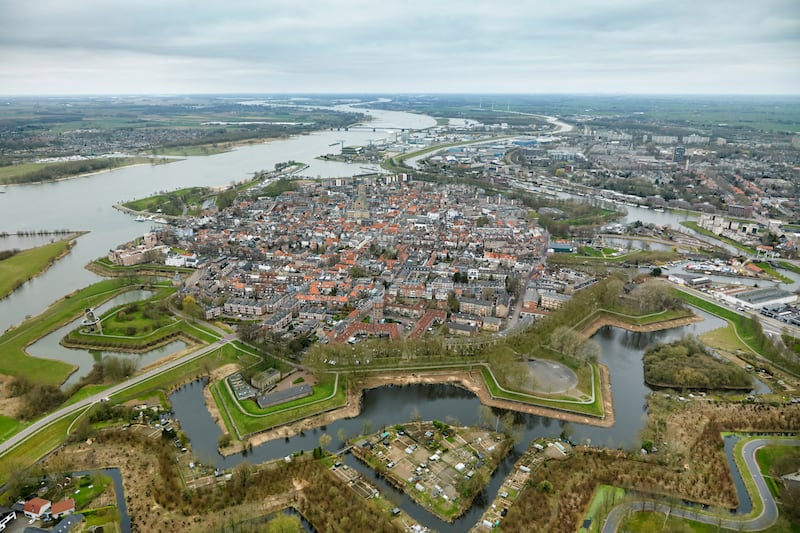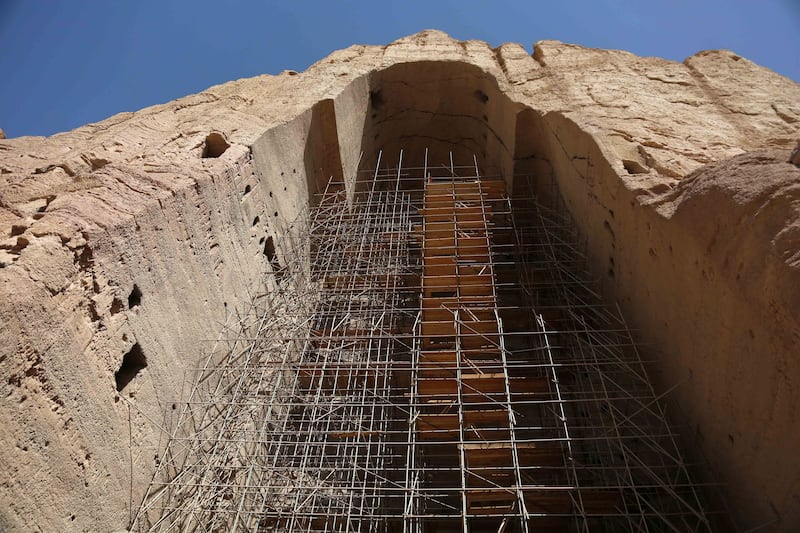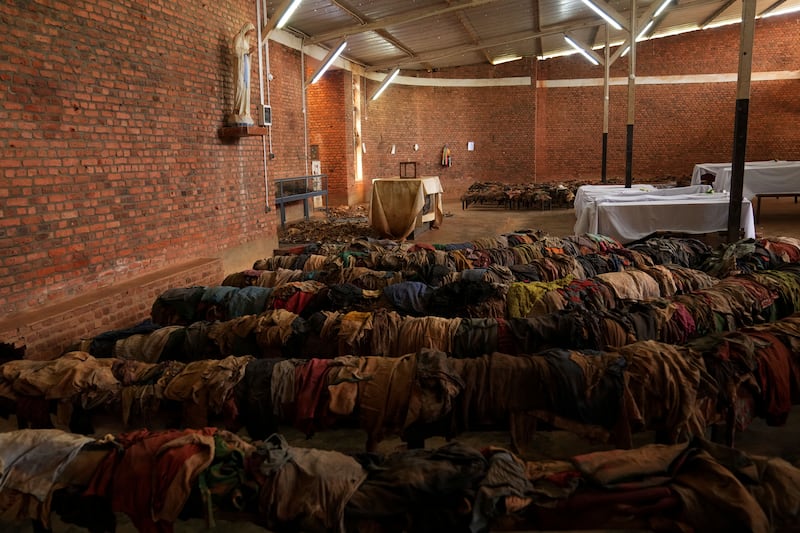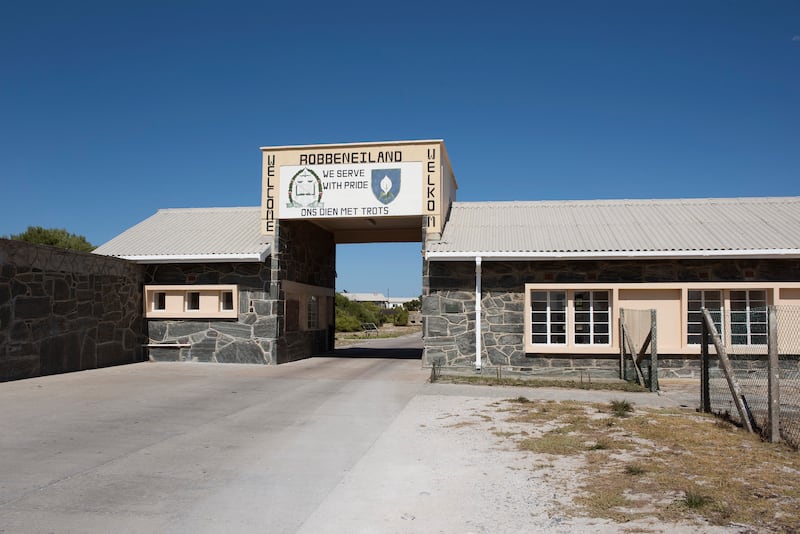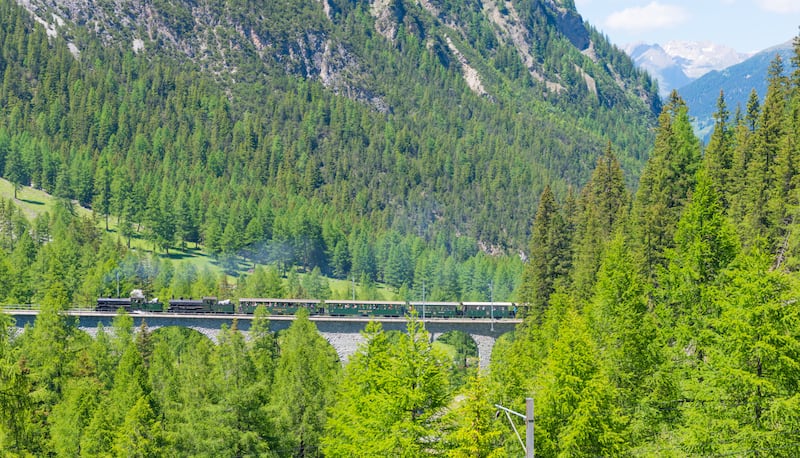When we think of World Heritage Sites, China's Great Wall, Taj Mahal, Stonehenge and the Pyramids of Giza might be what comes to mind.
But heritage is more than spectacular structures, beautiful architecture and popular tourist attractions.
To be added to the World Heritage List, the UN culture agency requires something more.
The World Heritage Convention, first adopted by the UN in 1972, defines heritage as “our legacy from the past, what we live with today, and what we pass on to future generations. Our cultural and natural heritage are both irreplaceable sources of life and inspiration”.
As we mark World Heritage Day, here are some of the more unusual – and thought-provoking – sites on the World Heritage Convention register of 1,999 sites.
ESMA Museum and Place of Memory, Buenos Aires, Argentina
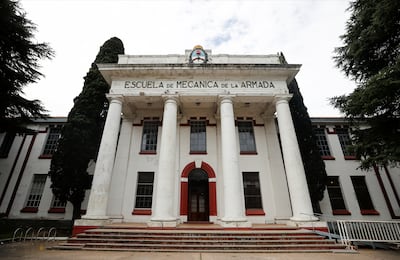
On the surface, the officers' quarters of the Navy School of Mechanics in Buenos Aires is a largely unremarkable complex of administrative buildings, several kilometres from the centre of the Argentinian capital.
However, from 1976 to 1983, it was a place of torture, detention and murder for thousands of women who were left-wing political opponents of the country's military dictatorship.
Known as “the disappeared”, the babies of pregnant victims were adopted by couples sympathetic to the regime.
It has now been converted into a museum documenting those years, classified as “a place of memory”.
Head-Smashed-In Buffalo Jump, Alberta, Canada
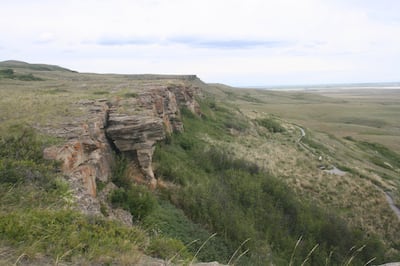
The Blackfoot tribe of Native Americans hunted for thousands of years by driving buffalo to their deaths over a 10 metre cliff in Canada.
Excavations of the layers of animal bones discovered at the site was used for more than 5,000 years, with men of the tribe dressing as wolves and coyotes to panic the animals.
The site now commemorates the lives of the indigenous people of what is now Canada, with a museum devoted to Blackfoot culture.
The name does not refer to how buffalo were killed, but a legend in which a young warrior was caught up in the stampede and found dead on the rocks below with a crushed skull.
Struve Arc Triangulation Point, Hammerfest, Norway
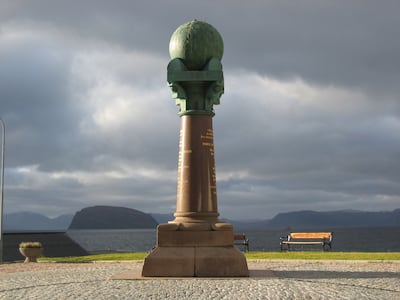
A chain of triangulation points stretching over 10 countries and about 3,000 kilometres, the Struve Arc was created between 1816 and 1855 to determine the meridian arc or curvature of the Earth.
It is named after its creator, Friedrich Georg Wilhelm von Struve, a German-born Russian scientist who placed the initial points in Sweden, Norway and the Russian Empire.
More than 30 of the triangulation points survived, including the northernmost one in Hammerfest, Norway, marked by a pillar of polished granite topped with a bronze globe.
It was designated a World Heritage Site in 2005 as an example of scientific achievement and co-operation between countries.
Rwanda’s genocide memorial sites

Four sites commemorate the Rwandan genocide of 1994, in which about one million people, mainly Tutsi tribe members, were killed by armed gangs.
Each site marks different aspects of the genocide; a church in Nyamata and a technical school in Murambi are the sites of two of the worst killings, while Gisozi Hill marks the Kigali Genocide Memorial built in 1999. More than 250,000 victims are buried at the site.
Another hill, at Bisesero, is where 40,000 died after resisting their attackers for two months.
Added as a World Heritage Site last year, the Rwandan sites are designated a “place of memory” by Unesco.
Bamiyan Buddhas, Afghanistan
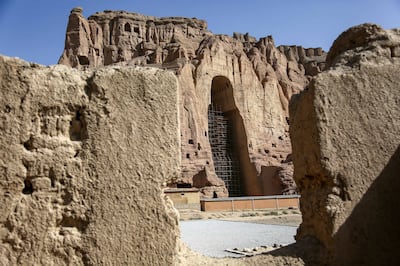
While covering the larger Bamiyan valley, the site is best known for two gigantic statues of Buddha, which were destroyed by the Taliban in 2001.
As such, this World Heritage Site was added in 2003 as an example of the region’s Buddhist art and architecture.
The new Taliban government has promised to conserve what remains.
Semmering Railway, Austria
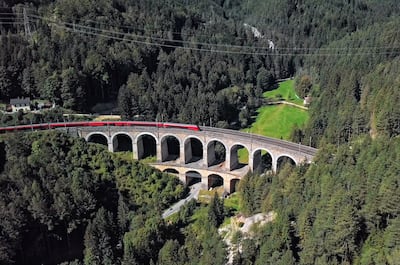
The Semmering Railway is regarded as the world’s first mountain railway line, opening in 1854 and crossing more than 40km of the Austrian Alps.
An extraordinary feat of high-altitude construction, it runs between Gloggnitz and Murzzuschlag, climbing 450 metres, passing through 14 tunnels and crossing 16 viaducts. New engines had to be developed to deal with the arduous terrain.
Its designation as a World Heritage Site in 1998 is a tribute to its durability and also the way the line integrates with the natural landscape.
Visitors can buy a ticket from Austria's Southern Railway, which continues to run trains 170 years later.
Robben Island, South Africa
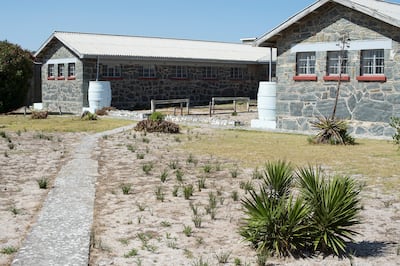
Robben Island, just off the coast of Cape Town, is best known for the prison in which Nelson Mandela was held for 18 years until 1982.
Noted for its harsh conditions, the prison complex included a rock quarry where prisoners were ordered to work.
Mandela was moved to the mainland, with his release in 1990 marking the end of Apartheid. He was elected as president of South Africa in 1994.
The island is now a popular tourist attraction, with 1,500 visitors a day, most of whom visit Mandela's sparsely decorated cell. The island was made a World Heritage Site in 1999.
Dutch water defence lines
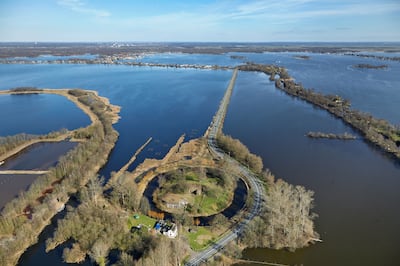
The Dutch water defence lines are among the largest World Heritage sites and stretch for 200km, protecting cities including Amsterdam.
Constructed between the early 19th century and 1914, they consist of a series of canals, dykes, gates and land reclaimed from the sea that could be flooded to create water fortifications in times of war.
However, the advent of aerial warfare rendered the system largely useless by the Second World War.
Many elements survive as remarkable examples of how the Dutch used hydraulics in a country where much of the coastal land is below sea level. The lines were designated by Unesco in 1996.
Funeral and memorial sites of the western front
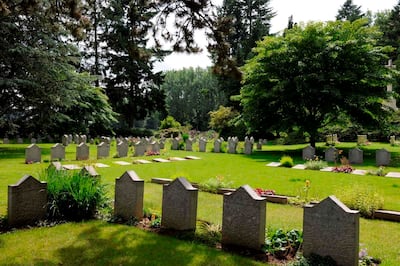
The vast military cemeteries of the First World War’s western front serve as a poignant reminder of the tragedy of war.
Located in France and Belgium, the 139 cemeteries and memorials mark the final resting place of soldiers killed in the conflict.
The Tyne Cot Cemetery in Belgium is one of the largest, with rows of tombstones marking the graves of about 12,000 British and Commonwealth soldiers. Douaumont Ossuary in France is a memorial to the 250,000 French and German soldiers who died in the Battle of Verdun.
Added as a World Heritage site last year, Unesco says they “represent a heritage that almost literally belongs to the whole world, spreading a message of reconciliation that is still very topical”.
Surtsey Island, Iceland
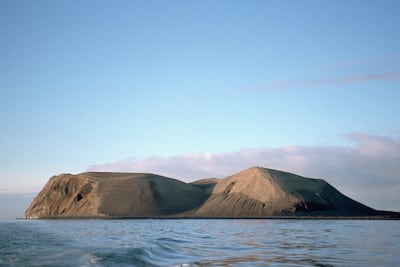
One of the most remote and least visited World Heritage Sites, Surtsey Island did not exist until November 14, 1963, when a volcanic eruption burst to the surface of the Atlantic, just off the coast of Iceland.
Over the next four years, the accumulation of volcanic ash created an island now about 1.3 square kilometres, with a peak of 155 metres.
Only a handful of scientists are allowed to visit the island, named after Surtr, a Norse fire giant. The island has been allowed to develop without human interference as a study of how plant and animal life arrives in a natural environment.
Designated a World Heritage Site in 2008, Surtsey is eroding gradually. It is expected to disappear completely this century.
